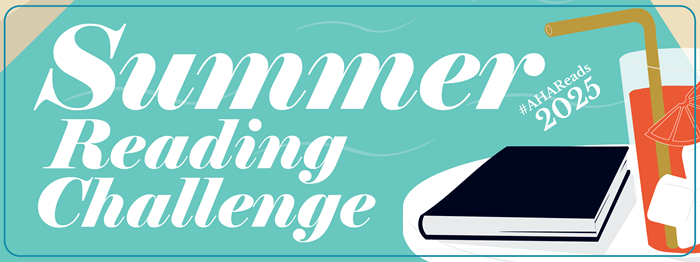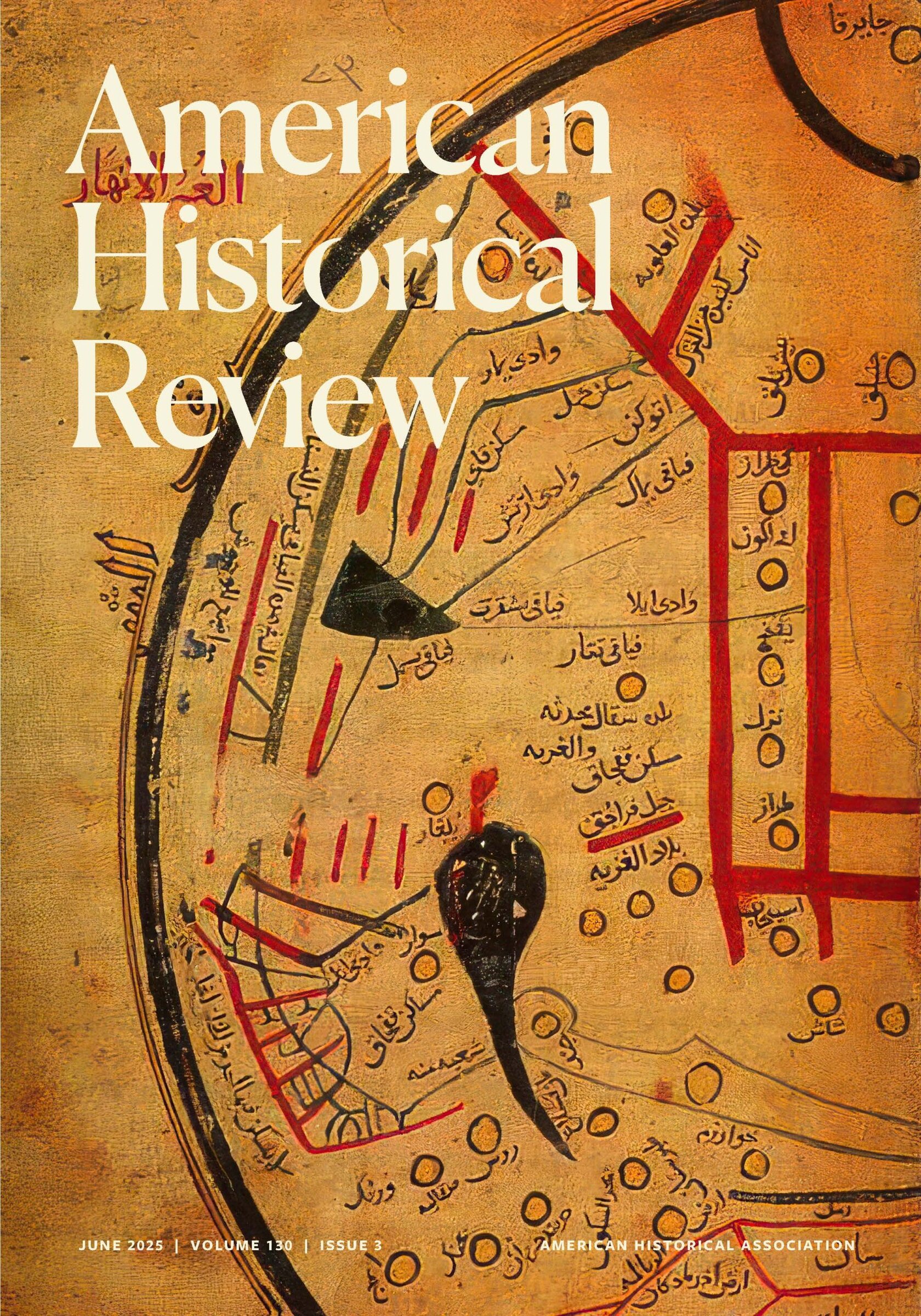Until very recently historians, as a group, were not what one might call “electronically inclined.” If we owned computers, they were little more than glorified word processors that played prerecorded Monty Python lines when turned on and off. All of that has changed within the last few years. The halls of history departments now echo with talk of electronic mailing lists and H-Net, newsgroups, downloading, and uploading. The use of World Wide Web pages to publish items of professional interest has grown so much that the New England Journal of Medicine recently stated that it wouldn’t publish any article that had previously been published on the Web.
The American Historical Association, hoping to lead the profession, plans to expand the ways in which it communicates with the field in order to provide new and sustained member services, to incorporate a larger number of constituencies, and to effectively convey to the general public the significant contributions historians make to civil society. The Association began in October by launching a home page [https://web.gmu.edu/chnm/aha] on the World Wide Web.
Designed as an information terminus rather than as a collection of links to other sets of links, the AHA Web site contains many items that members could receive in the past only by calling the office. Pamphlets, such as the Statement on Standards of Professional Conduct, Redefining Historical Scholarship and the Report on the Status and Hiring of Women and Minority Historians in Academia, can now be downloaded easily and used by instructors and students. The AHA Publications Catalog, also now online, gives members and prospective members alike the ability to order AHA publications simply by printing out the form displayed on the page. To aid in the recruitment of new members, all membership information, along with an application form, appears on screen at the click of a mouse. The Association recently added a section on public policy, designed to keep historians up to date on the political events that affect our profession. Much of the information included in the annual meeting Program can also be accessed through the AHA Web page.
One of the many new media projects envisioned by the AHA will extend Association services to K-12 teachers. Part of this project involves producing an electronic version of 12 autobiographical essays by prominent historians about why they joined the profession. The essays will be titled Why Become a Historian? The authors completed their essays some time ago, but questions remained about which format would be most effective for a high school audience of minority students—brochure? poster? other? In addition, uncertainties about how to fund and distribute the resulting product delayed final composition and production. Using the World Wide Web to present these materials will increase their appeal to high school students and Undergraduates, and at the same time allow the Association to link the individual essays to samples of the authors’ work-and even to allow e-mail communication. Although a simple project from the standpoint of production, Why Become a Historian? will serve as an introduction to more complicated forms of electronic publication.
Another project involves supplementing Perspectives. The heart of Perspectives—at least for the foreseeable future—will first appear in print. As we move into electronic production, we will mount what appears in the print version on the Web. This electronic version will point to additional information that can be updated more frequently (not to mention more cheaply) than the newsletter. The electronic version will thus include more information than currently fits within a limited number of hard copy pages (e.g., additional lists of conferences, calls for papers, fellowship announcements, and the like). For the more substantive articles (articles on teaching and public history, for instance), we will prepare copy so that the heart of the article will appear in print. This print version will, however, point to electronic augmentations available on the Web-for example, integrating additional visual, bibliographic, and other supplementary kinds of materials. This project has already gotten off to a rolling start with the publication of an online version of the announcements in the Meetings and Seminars column. The electronic version allows us to post more announcements than in the past and to provide direct e-mail links to the contacts when possible.
Over the next year, the Publications Department will prepare for an electronic version of the Directory of History Departments and Organizations. As part of the project, we will refine our list of specializations in coordination with the revision of the categories for the membership database. Ideally, this will allow us to to produce an encoded version of the Directory for 1997 that will permit searches for faculty and graduate students with particular specializations, cross-linked to their current addresses and phone numbers. This electronic version will include substantially more information than the paper version, and it will be cross-referenced by any number of searchable fields, making it much more versatile.
When the Association decided to discontinue Recently Published Articles in 1990, the decision was based on concerns regarding its bibliographic accuracy and uneven coverage of historical journals. Electronic communication now provides us with an opportunity to prepare and publish an up to date and searchable bibliography of recent publications in history. Publication in this flexible medium will overcome many of the problems posed by RPA’s earlier, static presentation, while incorporating many of the proposed ideas for the Directory.
The AHA, like much of the academic world, will expand its combined print-electronic publishing over the next few years. The potential of the new media requires that we conceive of our works in new ways and work collaboratively within the field. The amount of staff time required to implement our plans must also be taken into consideration. The old saw, slightly adapted for uncertain fiscal times, that it “takes money to save money” holds true. We will need to form partnerships with other organizations to achieve some proposed projects; only outside funding will make other projects feasible.
Does all of this signal the death of print publications? Not in the foreseeable future. Electronic media represents a more versatile way to manipulate and present information, but print media remains the worldwide standard. The AHA believes, however, that its commitment to make its services and products increasingly visible to the members of the profession will require us to anticipate developments in many forms of communication.


